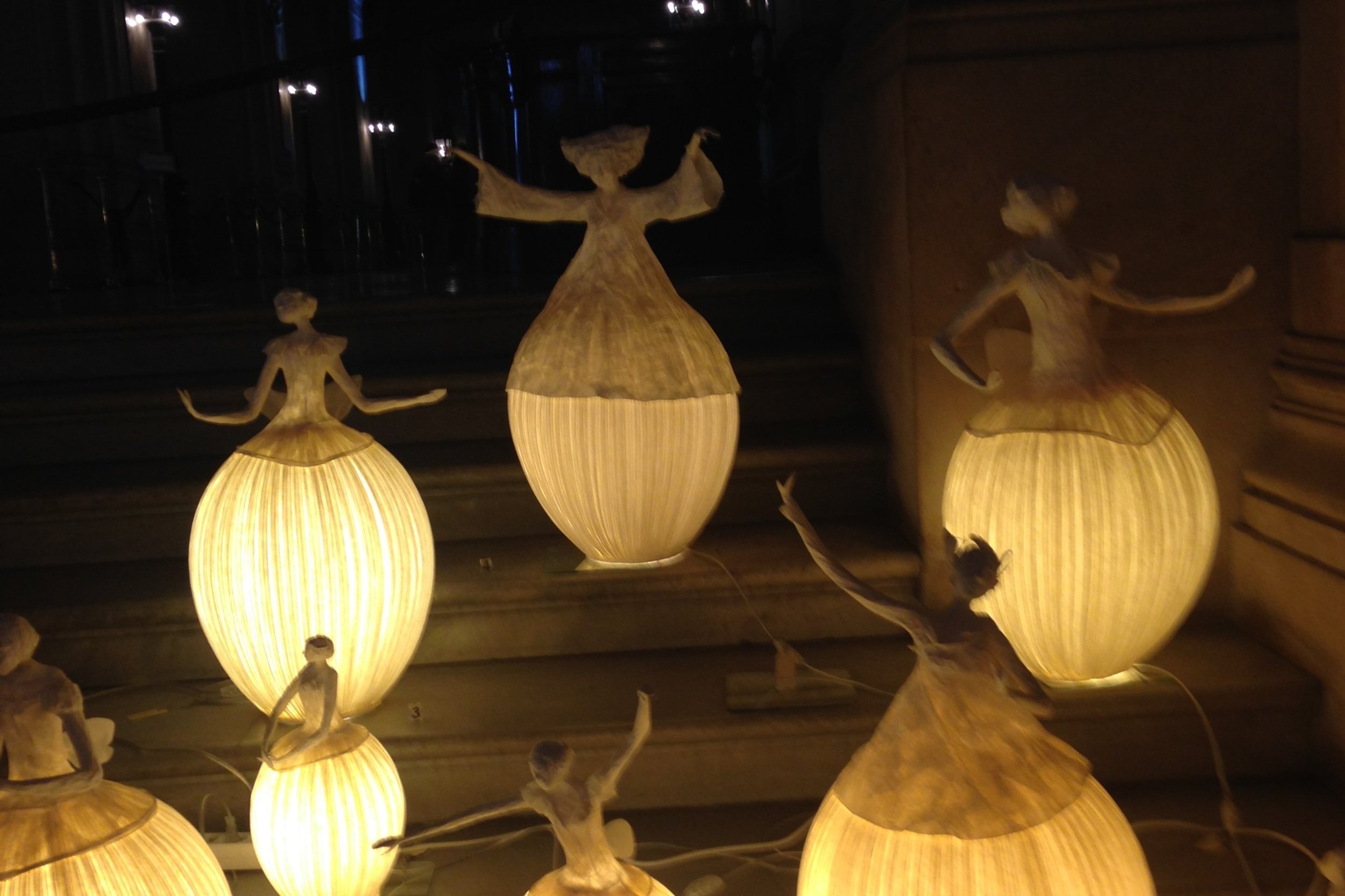What if you could work with a simple and effective framework that helped you navigate change AND offered a way to live a more open and connected life? One that is more connected to your purpose and your values.
I got you. It's called CLEAR and it stands for Center. Let Go. Elevate. Attune. Restore.
These five interconnected principles support and sustain transformation so that you can operate with resilience, alignment, and ease. CLEAR is both a mindset and a practical approach for living with intention.
Center: At the heart of all meaningful change is the ability to center yourself. This means grounding in the present moment, quieting the noise of doubt and distraction, and finding a state of calm awareness. When you are centered, you respond to life’s challenges with clarity rather than reactivity. Practices such as meditation, breathwork, somatic centering, or simply pausing to reflect help cultivate this state of presence and stability.
Let Go: True transformation requires space, and space is created by releasing what no longer serves you. This could mean shedding old habits, limiting beliefs, or emotional patterns that keep you stuck. Letting go is not an act of avoidance or loss; it is an act of creation. It allows you to invite in new opportunities, perspectives, and possibilities, opening the door for deep and lasting growth.
Elevate: One of the most transformative aspects of the CLEAR framework is learning to cultivate elevated emotions—gratitude, love, joy, and compassion. These emotions shift your internal state, aligning you with the energy of possibility. When you elevate your emotional state, you create momentum, guiding your change process with optimism and an open heart. This step is about meeting transformation with grace, ensuring that your journey is infused with the highest and most supportive emotional frequencies.
Attune: Once you have cultivated this foundation, the next step is to listen deeply—to yourself, to others, and to life itself. Attunement is about connecting to what truly matters, aligning with your values, and ensuring that your choices reflect your highest good. It also allows you to recognize when you are veering off course, providing a means to gently realign with intention. When you attune, you strengthen your ability to move through change with fluidity and trust.
Restore: Change is not about becoming someone new—it is about returning to who you truly are. Restoration is the act of coming home to your Golden Self, the essence that has always been whole, complete, and good. In a world that often conditions us to believe we are broken or incomplete, this step is about peeling back the layers of doubt and distraction to reveal the truth: that you are already enough. True transformation is not about fixing yourself—it is about remembering yourself.
The CLEAR framework invites you to see change as a natural unfolding rather than a rigid path from point A to point B. Each principle—Center, Let Go, Elevate, Attune, and Restore—offers a guidepost to help you navigate uncertainty, embrace growth, and return to your most authentic and aligned self.
With love and gratitude and in service of your beautiful, changing life....




















